

Latin America and the Caribbean
 |
 |
| International
Strategy for Disaster Reduction Latin America and the Caribbean |
Newsletter
ISDR Inform - Latin America and the Caribbean |
 |
|
Global
ISDR
|
| CThe
2005 World Campaign: Celebrating the International Day for Disaster Reduction As in the past, the International Day for Disaster Reduction was observed on the second Wednesday of October. In 1990, the General Assembly of the United Nations established the International Day as a critical component of the International Decade for Natural Disaster Reduction (IDNDR). The primary goal of the International Day is to build local capacities to reduce the impact of natural disasters, as well as to promote a strong commitment to these efforts at the local, national, regional and international levels. It is also a means to raise the profile of disaster reduction issues worldwide. This year, the UN/ISDR launched the 2005 World Disaster Reduction Campaign entitled: “Invest to prevent disasters”, a topic related to the International Year of Microcredit. The UN/ISDR produced and distributed a briefing booklet with information in this regard. Various countries in Latin America and the Caribbean organized a number of activities locally and nationally to commemorate the International Day for Disaster Reduction, which was celebrated on October 12 this year. The following pages contain information on the relevant activities carried
out throughout Latin America and the Caribbean. |
|
|
|
|
On October 12, the Haitian Civil Protection Bureau (DPC), in collaboration with the United Nations Development Program (UNDP), celebrated the International Day for Disaster Reduction. Although the theme of this year’s campaign was “Invest to prevent disasters”, in Haiti it was deemed necessary to lay emphasis on “Reducing the impact of disasters; working for the country’s development.” This concept is based on the fact that although it is impossible to prevent natural hazards from occurring, it is possible to reduce the existing level of vulnerability in communities. Along these lines, Alta Jean-Baptiste, director of the DCP highlighted the importance of going from disaster management to disaster risk management, stating that one of the challenges in Haiti is to invest in prevention to reduce the impact of natural disasters.
|
|
|
Argentina
The COMIR Program (Commission for Risk Mitigation) also held a workshop, which was led by the Volunteer Firefighters Association of Godoy Cruz, and addressed the following issues: theory related to fires, how to handle fire extinguishers, basic rescue concepts and notions, and seismic emergency plans. As an evaluation exercise, a drill was conducted at the end of the workshop. This exercise included a simulated emergency situation, in which participants were able to put into practice the knowledge acquired, such as the use of fire extinguishers and the correct ways to carry victims. At the end of both activities, participants were divided
into work groups that analyzed various scenarios and specific cases
that involved disaster
prevention and media coverage. The Municipality of Junín will
continue sponsoring this type of events in the future so as to address
other important aspects of risk management in the region and in the province
of Mendoza.
|
|
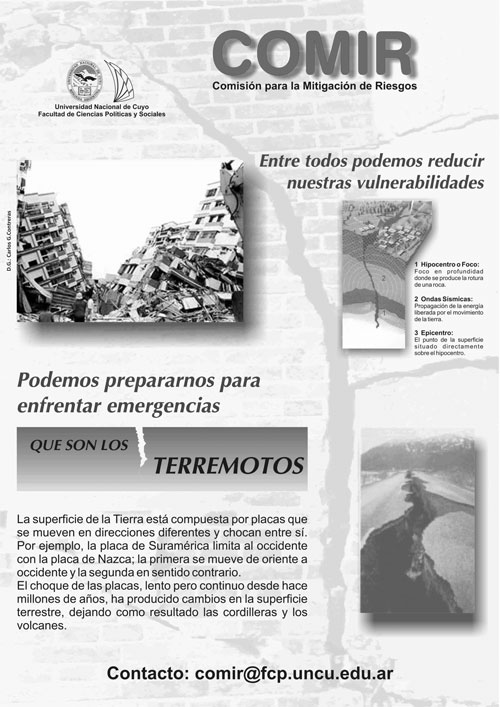 |
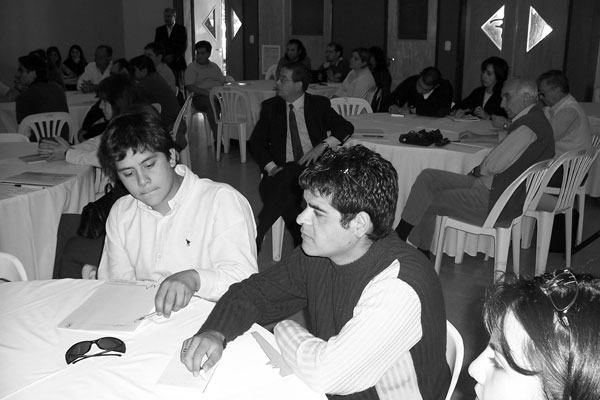 |
|
The Bayamo Municipal Headquarters of the Granma University
organized an activity to commemorate the International Day for Disaster
Reduction. The event included a presentation by Dr. Ángel Álvarez
Chacón, professor of disaster studies, in which he discussed
a number of disasters that are currently taking place in the world.
This activity was led by the director of the Municipal Headquarters,
and brought together professors, workers, members of the University
Students Federation’s Council (FEU), students, and representatives
of various political and mass organizations. In addition, the regional
radio station broadcast a program to describe the activities carried
out by this municipality and the general measures taken by Cuba to
mitigate disasters. |
|
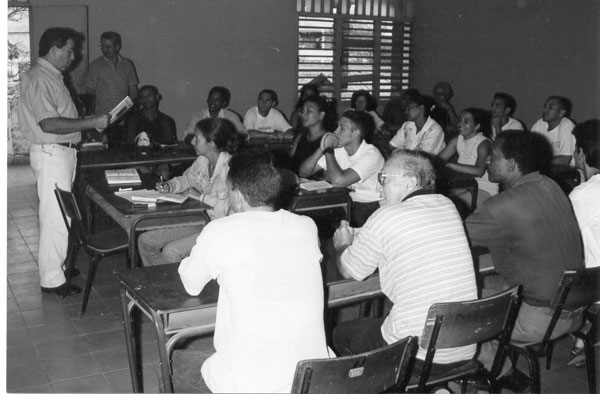 |
|
|
|
|
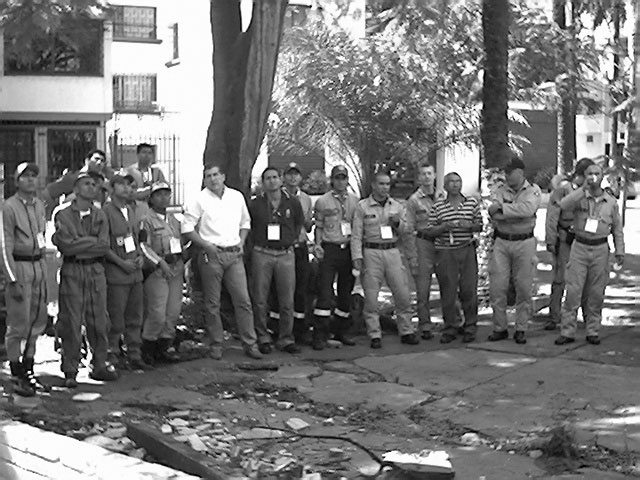 |
|
|
Costa Rica The National Commission for Risk Prevention and Emergency
Response, jointly with the Local Committee for Risk Prevention and
Emergency Response
of the district of San Jose, developed a one-week program to celebrate
the International Day for Disaster Reduction, based upon two primary
goals: raise awareness among the population of the importance of working
on prevention actions with the purpose of reducing disaster risk, and
strengthen the inclusion of institutions and the population in actions
for disaster risk reduction. In addition, the Department of Disaster
Prevention of the Red Cross participated in the Pialis Fair, which took
place in the context of the International Congress of Children's Literature
sponsored by the University of San Jose, as part of the activities held
to celebrate the International Day at the Children's Museum. |
|
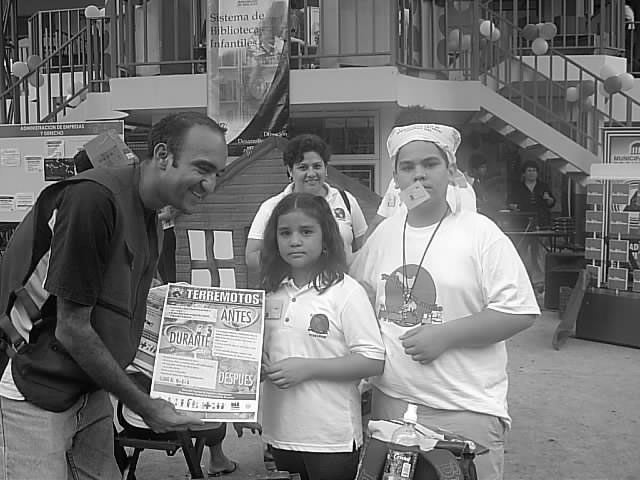 |
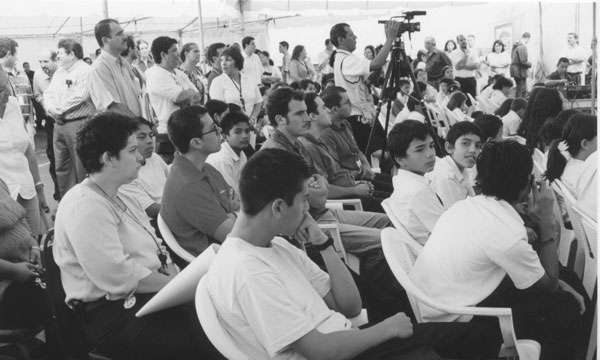 |
|
Perú On October 15, the
National Institute for Civil Defense of Peru (INDECI), in coordination
with the bodies that constitute the National Civil Defense System, organized
a walk and a rock concert entitled “For life and for disaster prevention.” The
main purpose of this event was to raise awareness among youth and obtain
their commitment to a joint effort devoted to build a culture of prevention
that could contribute to sustainable development in Peru. This activity
was sponsored by two prominent private companies. Significantly, the
media played a noteworthy role in informing the public about these activities
and encouraging their participation. Approximately 3,000 people participated
in this event, including music groups, floats depicting the subject at
hand, dancers, performers on stilts and other artists that lent a festive
air to the activity. Both the walk and the concert “For life and
for disaster prevention” were broadcast live by the main cable
channel of Lima. The participants expressed their commitment to continue
to work toward a strong culture of prevention in Peru |
|
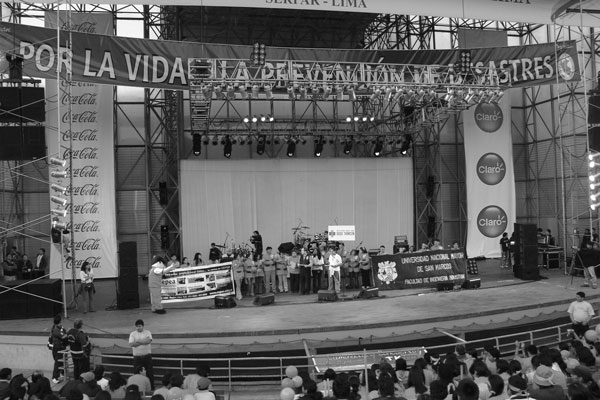 |
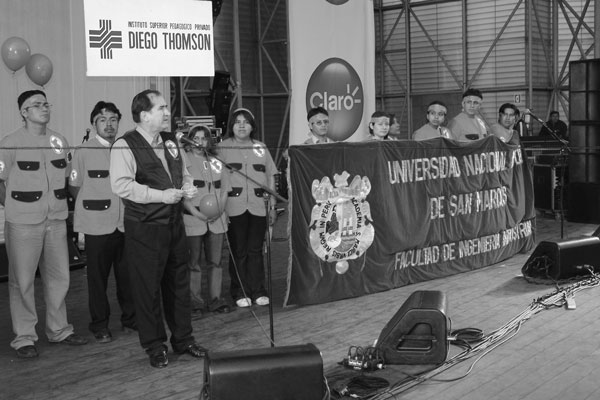 |
| © UN/ISDR |